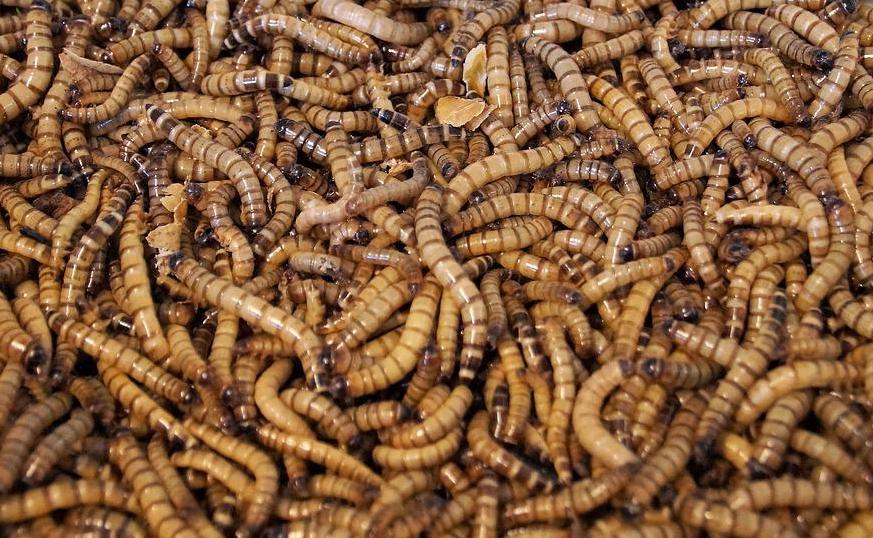See The Terrifying Jumping Worms Concerning Scientists
Check out the jumping worms that are coming to the United States, looking creepy, and causing all kinds of environmental issues.

These days, with the number of items carried back and forth between countries on a daily basis, new species are constantly showing up far from where they originated. Sometimes it’s by design and sometimes it’s because a little critter hitched a ride by accident. There are examples where this kind of thing is completely harmless and there are others in which the consequences of introducing a new species to an area can be devastating. In the case of jumping worms, the answer is something in between even if the thing is a bit off-putting just at first glance.
Jumping worms are also called amynthas worms, though they have nicknames like crazy worms or snake worms. They were originally found in East Asia, but have made their way to the United States and are currently becoming something of a problem in the Northeast and New England area of the county. They got some of these oddball and comparative names because of the way they move along the ground, much more active than a typical worm, and are often confused for an actual snake because of the way they get around. You can see what they look like below:
The reason scientists and ecologists don’t love jumping worms is pretty simple, and it has nothing to do with how creepy they look all moving around together. It’s because the invasive species can have some devastating effects on local wildlife, specifically because of how they affect the soil. Basically, what happens is that the jumping worms accelerate the decomposition of leafy waste on the forest floor. What typically happens is those leaves and other items decompose and turn into good soil. But when the jumping worms get in they replace the good soil with what is effectively worm refuse (poop).
When the jumping worms set up shop in an area, the good soil can go kaput and that has a critical effect on the understory of the forest. The down chain issues crop up with fungi, as well as animals and other species in the area. According to the Maine Department of Agriculture, Conservation and Forestry, an area with an overload of jumping worms can almost appear to have symptoms of drought. They simply take away so many of the nutrients in the soil that the effects are stark.
A jumping worm can grow up to eight inches long and that size, combined with its movements is a big reason they are confused with snakes. And scientists are a bit perplexed about how to best handle jumping worms in larger areas. Heat seems to be able to kill the eggs of the species with some suggesting controlled burns in areas. But that isn’t a useful remedy for all situations. Removing leaf litter in yards is another way, but that doesn’t work so much in the forest. In all, be on the lookout for these jumping worms in an area because they can have major environmental downsides. In addition to just looking super creepy.












